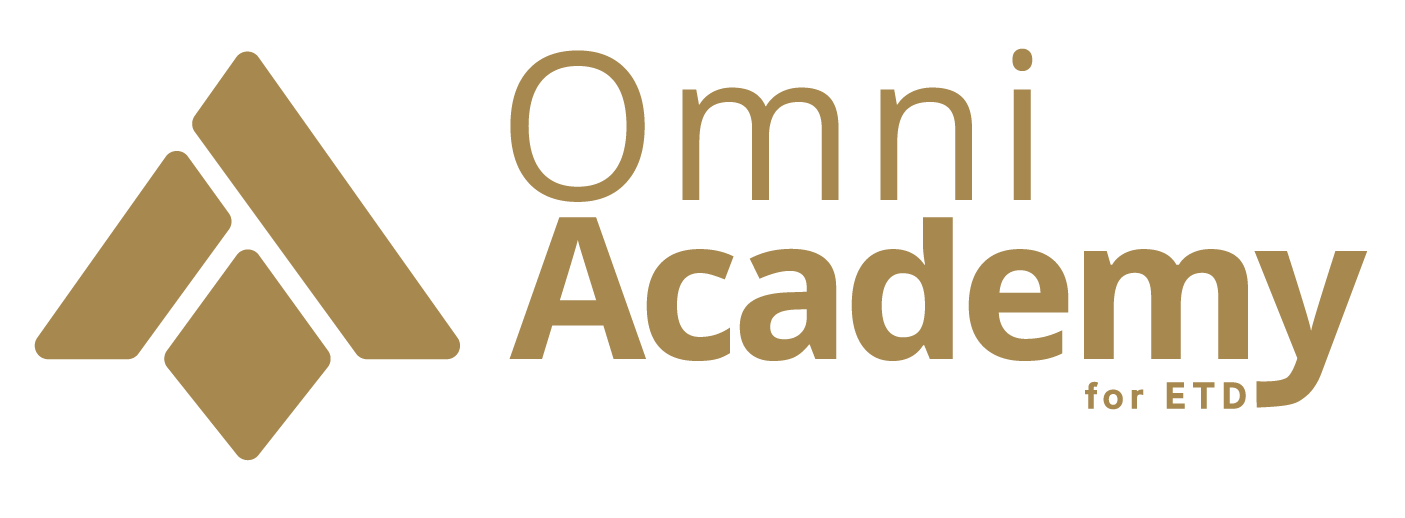Implementing Quality, Compliant WIL Strategies Within the Accredited Learning Context
AbstractCurrently, South Africa offers learning that is credit bearing and directly linked to workplace-based learning programmes and qualifications. However, e-learning in South Africa is under-developed, and information is not readily available on how universities and colleges are dealing with the advent of e-learning, and how it is linked to occupational learning-based qualifications. WIL is considered tedious and challenging for national educational institutions to apply, as they source the various opportunities for learners to be placed. There are growing discrepancies between graduate attributes and the skills required within the workforce, where under-skilled graduates are not able to meet employer demands WIL aims to address these concerns by incorporating theory and reality into education to produce work-ready graduates. Truman et al. (2017) offers insight and recommends that tertiary institutions should utilise a sound model when introducing WIL into learning. With this knowledge, by utilising the Model for Workplace Readiness this paper focuses on the implementation of education strategies that is both of high quality and compliant within an environment that is accredited for the purposes of WIL. Challenges linked to WIL, have resulted in negative alliance to placements, however through meaningful engagements with all stakeholders, and ensuring a model which includes workplace-based coaching and learner support the partnership between the educational institution, the workplace and the learner is created. Full academic paper available upon request. Presented at:3rd Work Integrated Learning (WIL) Africa Conference, Durban |
